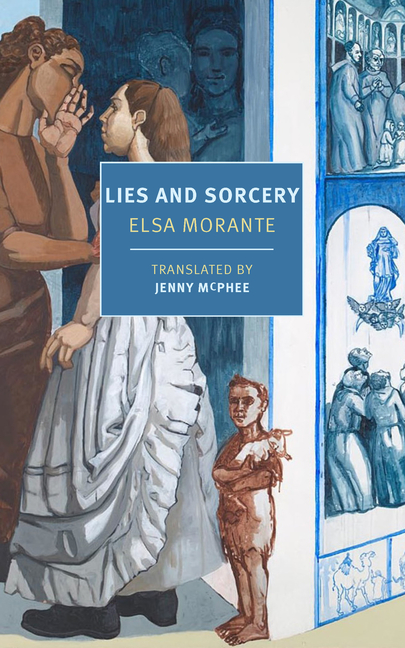A nearly 800-page novel that combines mythic storytelling with Depression-era realism ... An inspired translation ... What made this door-stopper of an Italian soap opera feel like great literature to large numbers of sophisticated readers 75 years ago? The same thing that makes it wonderful today. The writing, pure and simple. Each plot development is surrounded by acres of commentary whose richness and intensity — deep, dense, psychologically penetrating — provides the story with transformative values, converts melodrama into metaphor ... At the heart of the book lies Morante’s stunning grasp of the damage done by commonplace emotional deprivation, the kind experienced when those relations that have historically promised to relieve the human heart of its native isolation fail to do so. For Morante the consequences of such damage are of mythic proportions, deranging at best, murderous at worst ... Morante knows that the loneliness, grounded in our one and only life, is self-created. But for her the wildness of its despair feels biblical. In our time, the time of the therapeutic culture, the shame of loneliness is much reduced — but so is the drama.
Read Full Review >>

